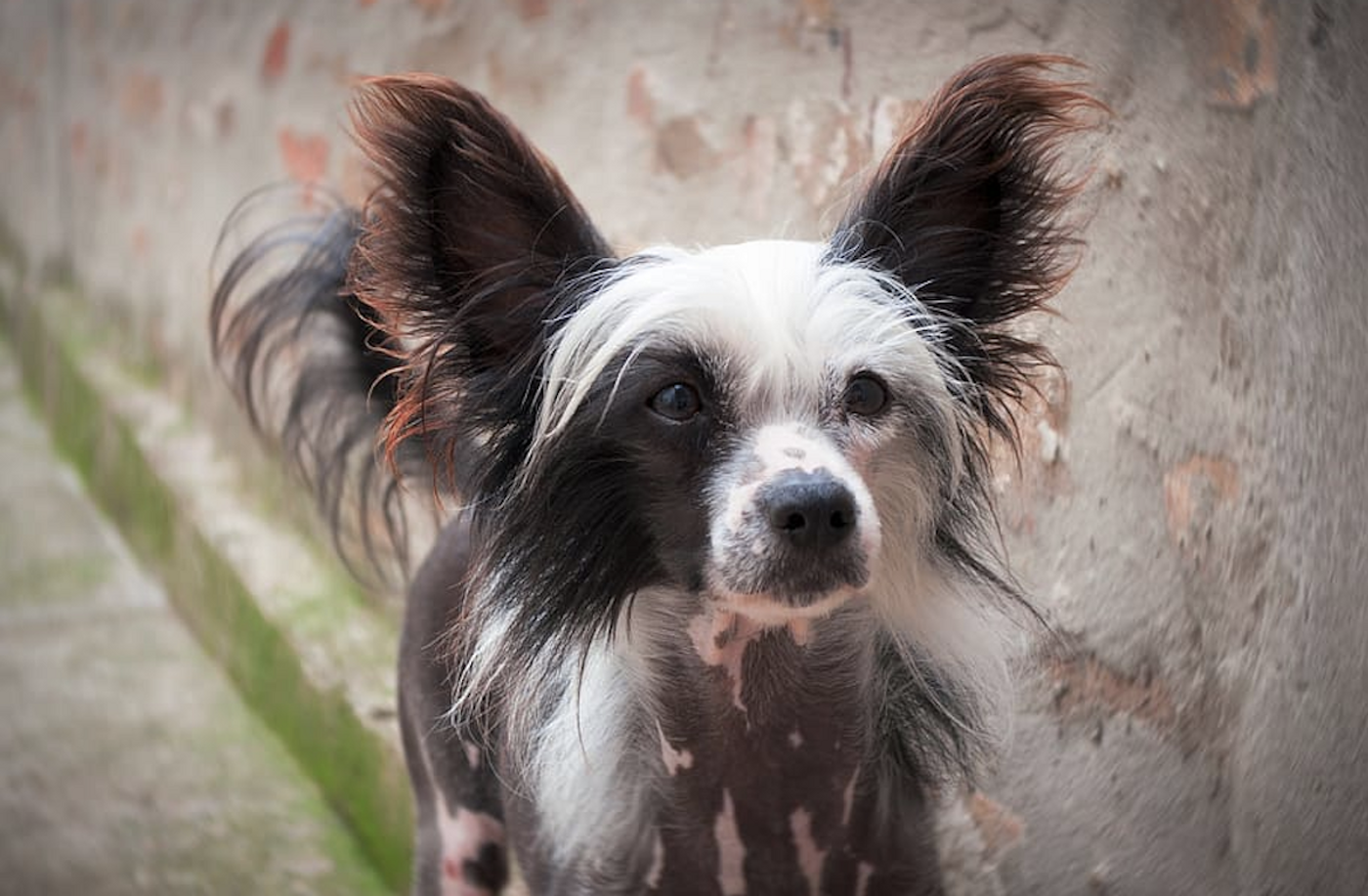Active Dogs Are Less Fearful But Breed is Also a Major Factor
Most dog owners are familiar with some common triggers of anxiety and fear in their pets, like new situations, loud noises, or for some, slippery floors. Researchers have now found evidence that connects these fears with dog breeds, lifestyle factors, and living environment. The study, which included 14,000 dogs, showed that those dogs that are most active or trained were also the least fearful.
"Physical exercise has been shown to have a positive effect on the mood in both dogs and humans. As social animals, dogs enjoy doing things with their owners. At the same time, people do not necessarily wish to subject fearful dogs to training situations that are stressful for them. This can also make owners less inclined to train with their dog," said doctoral student Emma Hakanen from the Faculty of Medicine, University of Helsinki.
The research suggested that there is a strong connection between a lack of socialization or introductions to new situations and environments in puppies and fearfulness related to loud noises, or new walking surfaces like transparent stairs, slippery floors, or metal grates. The prevalence of these non-social fears was also found to be reduced by the presence of other dogs.
Dogs that were owned by first-time dog owners were most likely to be afraid of fireworks and new surfaces. There were also differences between dogs that lived in rural versus urban environments.
"Our prior research on the environmental effects of social fear observed the same phenomena where urban dogs were more fearful than their rural counterparts. Indeed, it is interesting that human mental health problems too occur more frequently in the city than in rural areas. The ways in which our environment shapes us and our best friend is definitely an interesting topic for further research," noted Professor Hannes Lohi from the Faculty of Veterinary Medicine and Faculty of Medicine, University of Helsinki.
This work agreed with previous studies that have found non-social fearfulness to be more common in small dogs and sterilized females.
Breeds showed big differences in their fear levels, which was broken down into three categories: fear of fireworks, thunder, or novel situations. Across all three categories, the most fearful breed was Cairns Terriers, and the least was the Chinese Crested. The open-access article in Scientific Reports graphs the breeds by fearfulness, which also shows a wide range. Welsh Corgi Pembrokes seem to be very sensitive to noise, but not to surfaces, for example. The opposite seems to be true for Miniature Schnauzers, Chihuahuas and Labrador Retrievers, who have less noise sensitivity and more surface anxiety.
"The breed-specific differences support the idea that fearfulness is inherited. In other words, breeding choices matter, even without knowing the exact mechanisms of inheritance. However, this study offers dog owners tools and support for previous notions related to improving the wellbeing of their dogs. Diverse socialization in puppyhood and an active lifestyle can significantly reduce social and non-social fearfulness," explained Lohi.
Sources: AAAS/Eurekalert! via University of Helsinki, Scientific Reports









